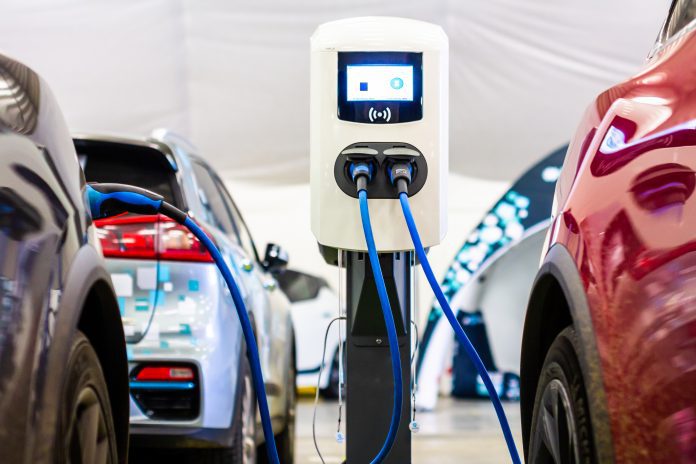In an era where sustainability and innovation reign supreme, optimizing your entire dealership—both fixed and variable operations—for Plug-in Hybrid Electric Vehicles (PHEVs) is not just a choice but a necessity. In 2024, virtually every brand sold in the United States will offer at least one PHEV model.
With consumer interest in Battery Electric Vehicles (BEVs) waning due to largely, but not solely, underdeveloped charging infrastructure, PHEVs offer buyers a practical and appealing alternative. PHEVs provide the benefits of electric driving without charging anxiety, combining the best of both worlds: electric efficiency and the reliability and extended range of a traditional ICE drivetrain.
Not just introducing but integrating PHEVs into every aspect of your dealership can attract new types of buyers, stay ahead of industry trends, and position your business for long-term success in the evolving automotive market.
Market Trends
The PHEV market has seen significant growth over the past decade. According to industry reports, PHEV sales have surged by over 40% year-on-year. Consumers are increasingly prioritizing eco-friendly options, driven by heightened environmental awareness and stricter emission regulations (not to mention fuel costs). By positioning your dealership to cater to this growing segment, you can capture a substantial market share and attract a new demographic of environmentally conscious buyers.
Inventory Challenges
Managing PHEV inventory presents unique challenges. Dealerships often face limited availability of certain PHEV models, leading to supply chain constraints. Additionally, managing customer pricing expectations for PHEVs can be complex due to the higher initial costs compared to conventional vehicles.
Infrastructure concerns, such as the need for charging stations and specialized maintenance facilities, also pose significant hurdles. Identifying and addressing these pain points is crucial for a seamless transition to a PHEV-focused inventory.
Inventory Management
Technology plays a pivotal role in optimizing PHEV inventory management. Implementing advanced inventory tracking systems ensures real-time visibility of stock levels, reducing the risk of overstocking or understocking.
Predictive analytics can forecast demand trends, helping dealerships make informed decisions about which PHEV models and trims to stock. Software solutions can also streamline pricing strategies, allowing for dynamic pricing models that adjust based on market demand and competitor pricing.
Training and Education
Educating dealership staff about PHEV technology is essential for success, encompassing both fixed and variable operations. For sales teams, comprehensive training programs should cover the unique selling points of PHEVs, such as the ability to drive on electric power alone for short distances, fuel efficiency, reduced emissions, and long-term cost savings. This knowledge enables sales representatives to effectively communicate the advantages of PHEVs to potential buyers.
In fixed operations, service technicians need specialized training to maintain and repair PHEVs. This includes learning about the intricacies of PHEV powertrains, battery management systems, and hybrid-specific components. Given the high voltages involved, shop equipment must be upgraded to include insulated tools and diagnostic systems specifically designed for PHEVs. Technicians must also be trained in safety protocols to handle high-voltage systems safely and efficiently.
Service advisors should be well-versed in the unique maintenance schedules and common issues associated with PHEVs, ensuring they can provide accurate information and reassurance to customers. Additionally, they should understand warranty specifics and any manufacturer-recommended service procedures for PHEVs.
Conclusion
The increasing consumer interest in Plug-in Hybrid Electric Vehicles (PHEVs) represents a significant trend in the automotive industry. As infrastructure challenges limit the appeal of fully electric vehicles, PHEVs provide a practical solution by combining electric efficiency with the reliability of traditional fuel systems.
For dealerships, optimizing operations to accommodate PHEVs is crucial. This includes updating inventory management, enhancing staff training, and investing in necessary infrastructure. By embracing PHEVs, dealerships can meet growing consumer demand, support sustainability initiatives, and secure a competitive edge in the evolving market.



